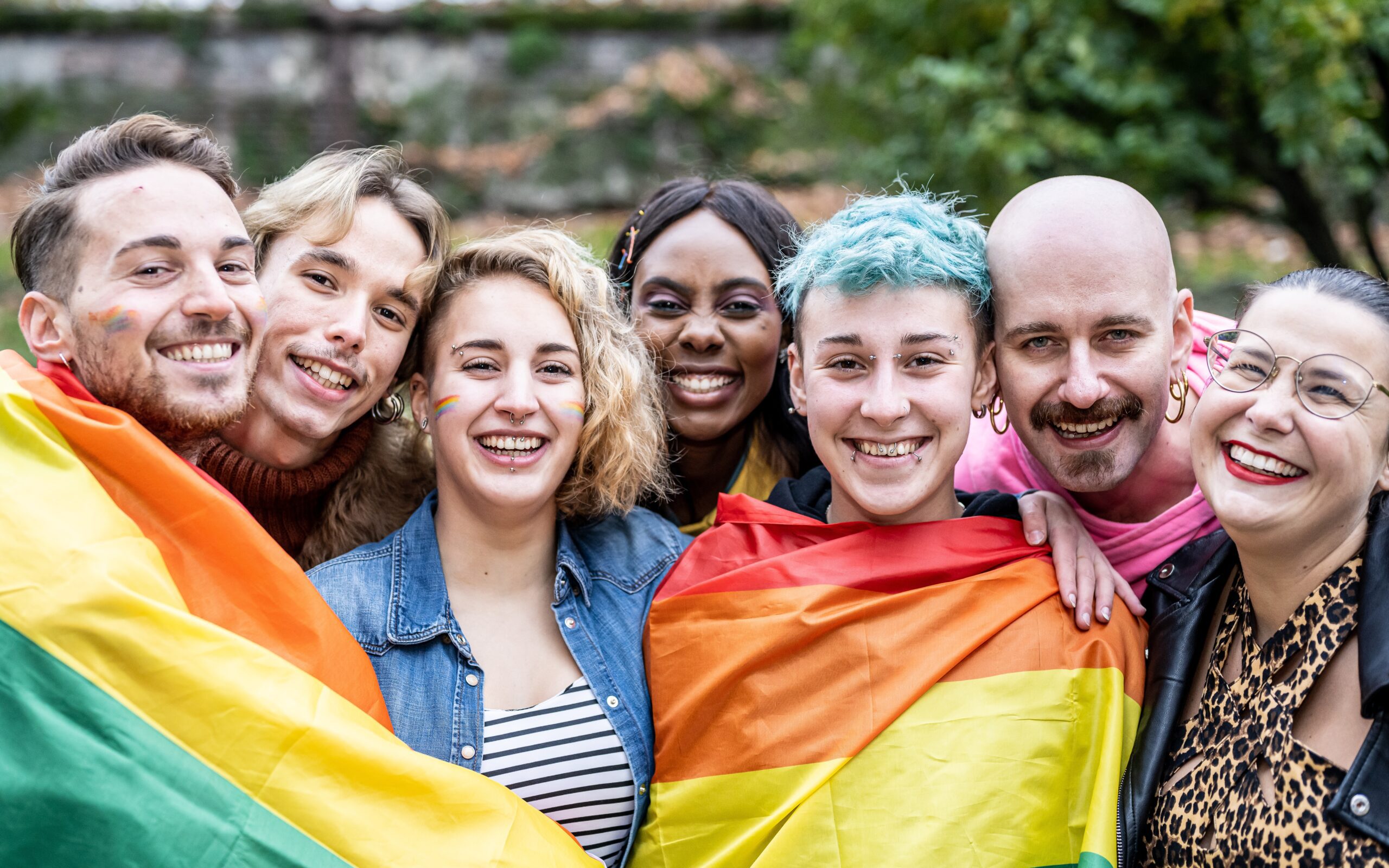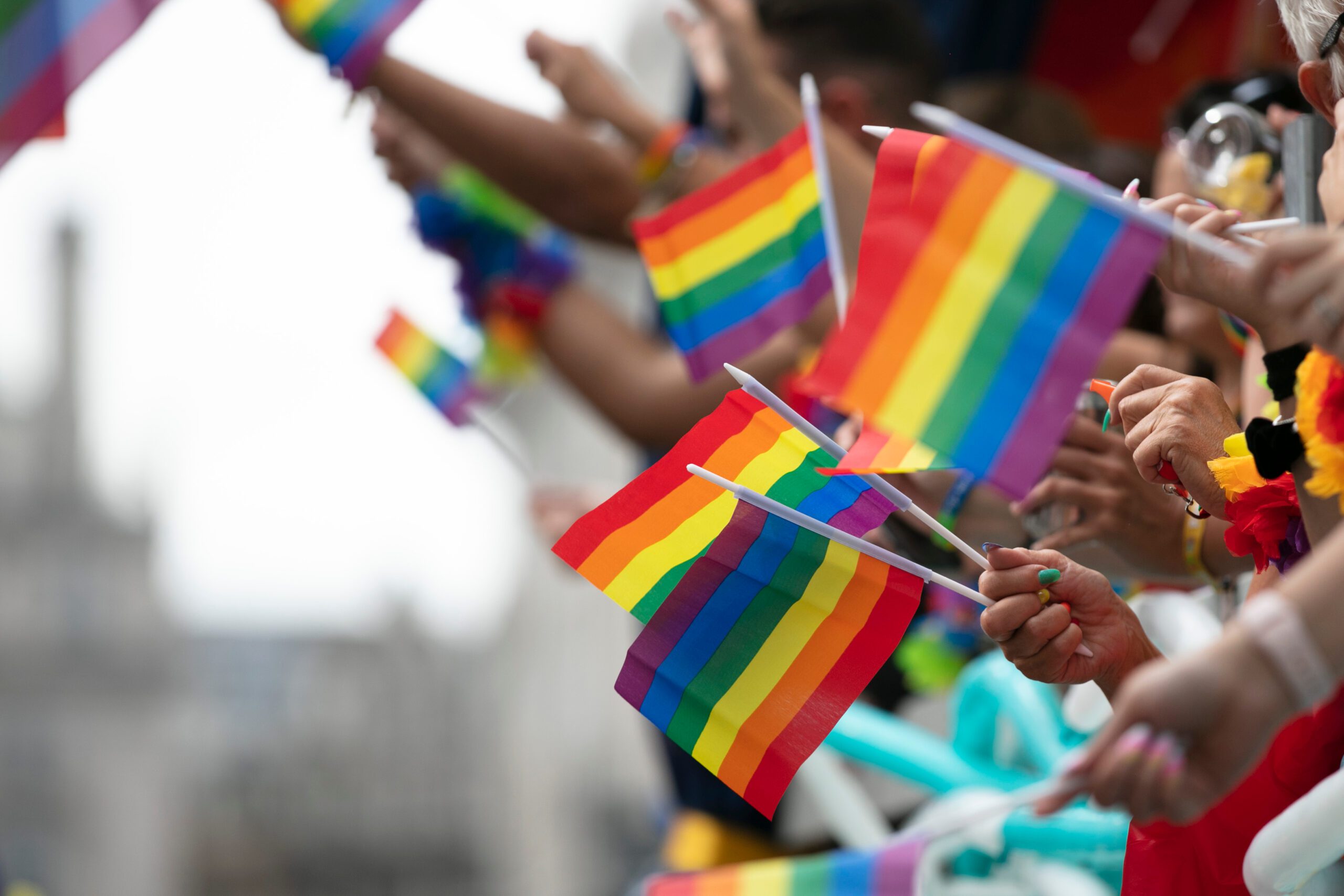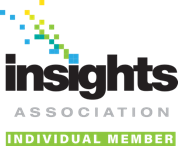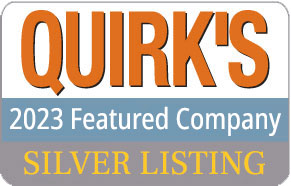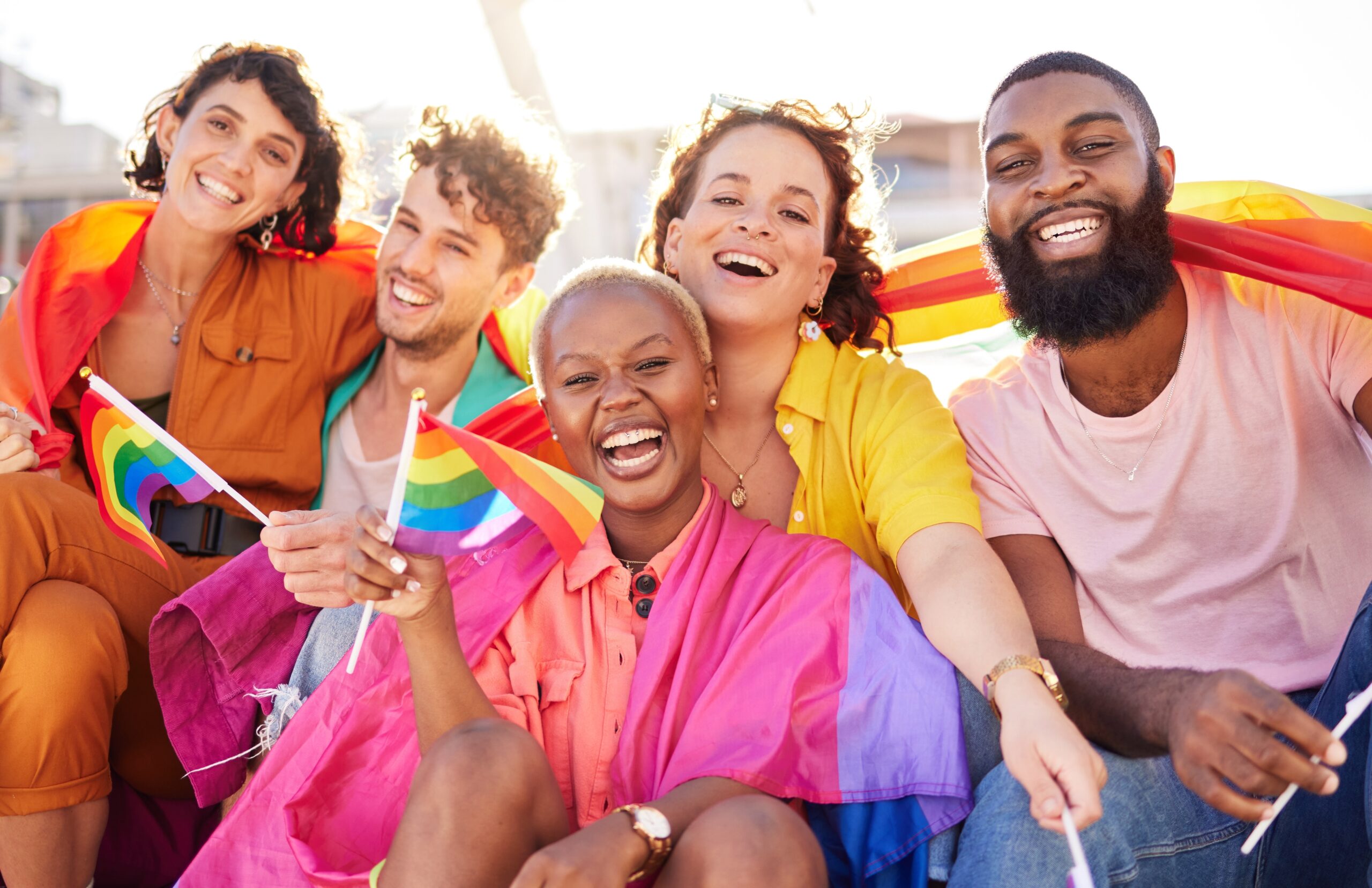
The LGBTQ+ community is a growing sub-population within the United States as well as throughout North Carolina. Previous market research has identified individuals within this group have “the most disposable income of any niche market,” affecting marketing and advertising campaigns within areas such as vehicle sales, electronics, healthcare products, and tourism. As the community continues to grow, along with their increase in spending power, businesses and marketers will desire the opinions of the LGBTQ+ community through market research.
Who Are the LGBTQ+ Community?
The LGBTQ+ community is a loosely defined group of individuals united by a common culture and social movement. According to Bloomberg, nearly 10 million people in the United States (roughly 4% of the adult population) identify as part of this emerging group. LGBTQ+ stands for Lesbian, Gay, Bisexual, Transgender, Queer or Questioning, with the plus including transsexual, two-spirit, intersexual, asexual, pansexual, agender, genderqueer, bigender, gender variant, and pangender.
Why Conduct LGBTQ+ Market Research?
Conducting market research with LGBTQ+ groups is vital for several reasons.
- Unique Needs of this Group: It allows businesses to understand the unique needs, preferences, and behaviors of this demographic. LGBTQ+ individuals have diverse experiences and identities, which influence their consumer choices. By conducting research, businesses can tailor their products, services, and marketing strategies to better resonate with this audience, increasing customer satisfaction and loyalty.
- Importance of Representation: Inclusivity and representation are increasingly important in today’s market. By actively engaging with LGBTQ+ communities in research efforts, businesses demonstrate their commitment to embracing diversity and inclusivity. This not only enhances brand reputation but also fosters a sense of belonging among LGBTQ+ consumers, who may feel marginalized by traditional marketing approaches.
- Uncover Market Gaps: Conducting market research with LGBTQ+ groups helps identify gaps and opportunities in the market. By understanding this demographic’s specific needs and desires, businesses can develop innovative products and services that cater to previously underserved segments of the population, gaining a competitive edge.
Understanding the Importance of Embracing LGBTQ+ Representation
In recent years, there has been a significant shift in the way advertising approaches and represents the LGBTQ+ community. This transformation marks a crucial milestone in acknowledging and embracing diversity and inclusivity in market research strategies. Acceptance and a shifting mindset around the concept of advertising and conducting market research on the opinions of LGBTQ+ people hold immense significance, both socially and economically.
By featuring diverse gender identities and sexual orientations in market research studies, brands promote a culture of acceptance and celebration of differences. This portrayal helps break down stereotypes and prejudices, contributing to a more tolerant and understanding society.
As the push for greater equality and diversity marches on, integrating LGBTQ+ representation into research and advertising serves as a powerful catalyst for social change and economic growth.
How to Effectively Conduct Research with the LGBTQ+ Community
You can approach LGBTQ+ market research in several ways. However, due to the varied and diverse communities within this demographic, it’s important to note that an experienced market research partner, knowledgeable of these groups and capable of several recruitment practices, can help significantly.
The need to build trust throughout the research process is paramount, and with Eastcoast Research as your partner throughout your project, we can help with in-depth surveys, recruitment, and focus groups that ensure quality results.
Know What is Offensive and Defamatory Language
When developing screeners and interview guides, conduct preliminary research to identify words or phrases that should be avoided. For example, the American Psychological Association notes that “sexual orientation” is preferred terminology over the term “sexual preference.” Sexual orientation is the accurate description of an individual’s emotional attraction. As a general rule, try to avoid labeling an activity, emotion, or relationship but allow the viewers/listeners to discern based on the other parties involved.
In addition, ensure data collection practices are open-ended and leave respondents the opportunity to select specific demographic options that make sense to them. For example, specific pronouns may differ greatly amongst a diverse group of LGBTQ+ respondents; ensure they can select from a variety of pronoun choices.
Learn the Real Concerns of Your Specific Segment
Adopting a targeted and empathetic approach is key to understanding the specific concerns of your specific segment under the LGBTQ+ umbrella. Here are some steps to consider:
- Identify Your Specific Segment: Clearly define the subgroup you aim to understand within the broader market. This could be based on demographic factors (age, gender, and ethnicity) or psychographics (lifestyle, values, and interests).
- Conduct Focus Groups: Organize focus groups consisting of individuals from your targeted segment. Encourage group discussions to delve deeper into their struggles, experiences, and aspirations. Pay attention to the dynamics within the group and the common themes that emerge.
- Utilize Surveys: Design surveys tailored specifically to your viable LGBTQ+ market segment. Include questions that probe into their daily struggles, obstacles they face, and areas where they seek solutions or support. Ensure anonymity to promote candidness.
- Analyze Data: Thoroughly analyze the qualitative and quantitative data collected from interviews, focus groups, and surveys. Identify patterns, trends, and outliers that provide insights into the real struggles faced by your specific segment.
- Seek Additional Resources: Supplement your research with existing literature, case studies, and industry reports related to your viable LGBTQ+ market segment. This can provide context and validation for your findings.
A Wide Range of Perspectives Within the Community
The nearly 10 million LGBTQ+ community consists of a large spectrum of individuals who hold different values, beliefs, and opinions. Be prepared to encounter vastly different attitudes and behaviors within the community. Because of the great diversity, participants may not fit into one specific segment like other sub-groups.
The Spectrum of LGBTQ+ Identities
Understanding the diverse communities within the LGBTQ+ spectrum is crucial for effective market research efforts. One key difference lies in the various identities encompassed under the LGBTQ+ umbrella. For instance, lesbian, gay, bisexual, transgender, queer, and other identities each have distinct experiences, needs, and preferences.
- Lesbians, for example, may have different consumption patterns and interests compared to gay men.
- Similarly, bisexual individuals might navigate their identities and relationships differently from those who identify as transgender or queer.
- Additionally, factors such as age, race, ethnicity, socioeconomic status, and geographic location further contribute to the complexity of LGBTQ+ identities and experiences.
These differences necessitate a nuanced approach to market research. Tailoring surveys, focus groups, and marketing strategies to account for the diversity within the LGBTQ+ community is essential for accurate data collection and meaningful insights. Failing to recognize these differences can result in oversimplified or misinformed conclusions, ultimately leading to ineffective marketing campaigns or product development efforts.
Therefore, market researchers must prioritize inclusivity, sensitivity, and cultural competence when engaging with LGBTQ+ populations. By acknowledging and respecting the varied experiences and identities within the community, researchers can ensure their efforts are relevant, respectful, and ultimately more successful.
What is Eastcoast Research Doing to Accommodate the LGBTQ+ in Market Research?
It is our vision and mission to provide our clients with quality data insights that truly reflect the community. We strive in every facet to ensure our recruiting and screening process is presented as inclusive as possible regarding age, gender identity, race, ethnicity, income, education, and sexual orientation. We review all screening instruments (both internally designed and client-provided) to ensure the language is sensitive, supportive and accommodating for all individuals.
Market research is challenging enough when developing screeners, interview guides and planning phases of an entire marketing campaign. Allow Eastcoast Research to be your expert partner in defining and recruiting LGBTQ+ participants for your next research project. Request a bid today.
